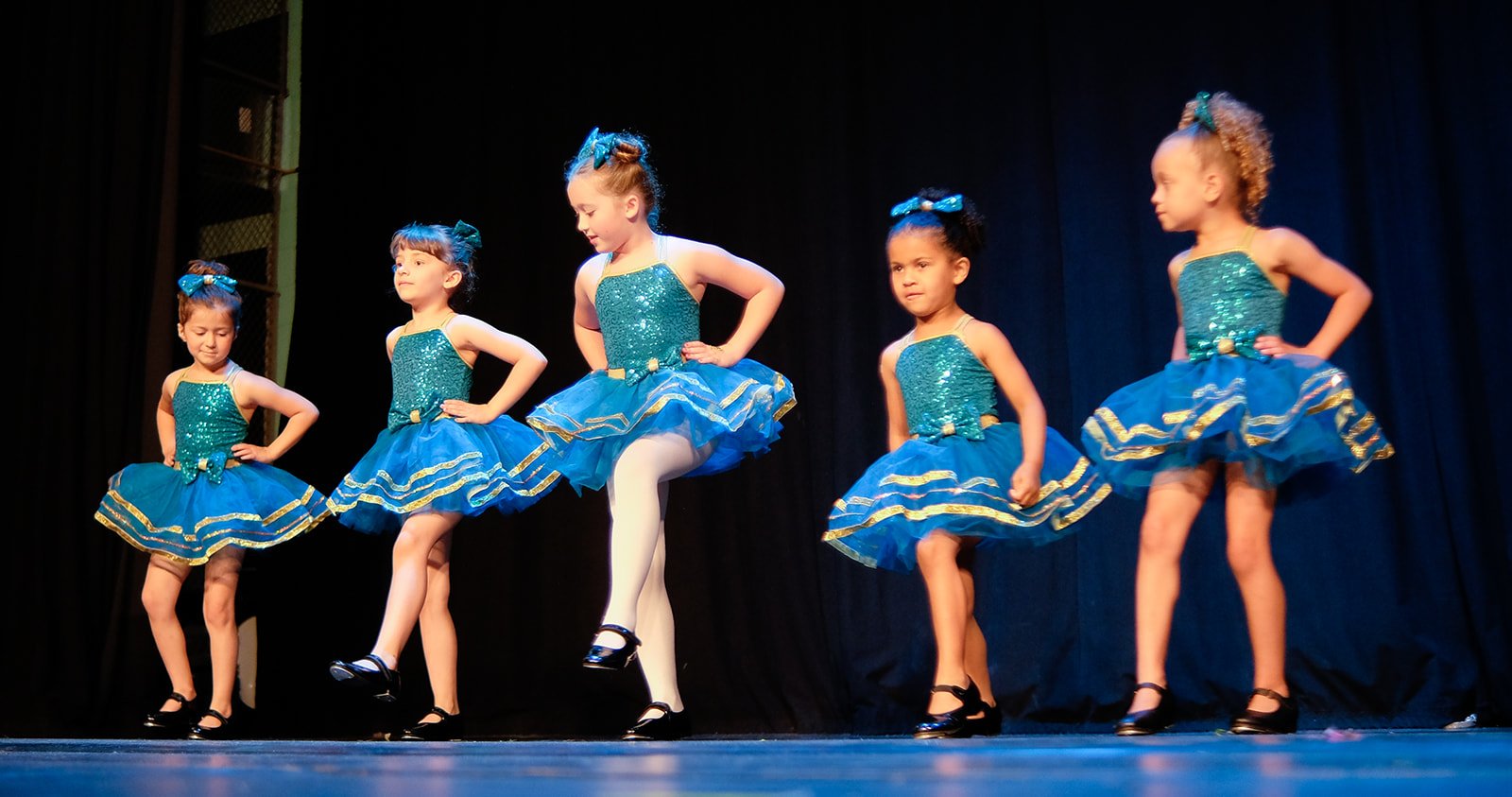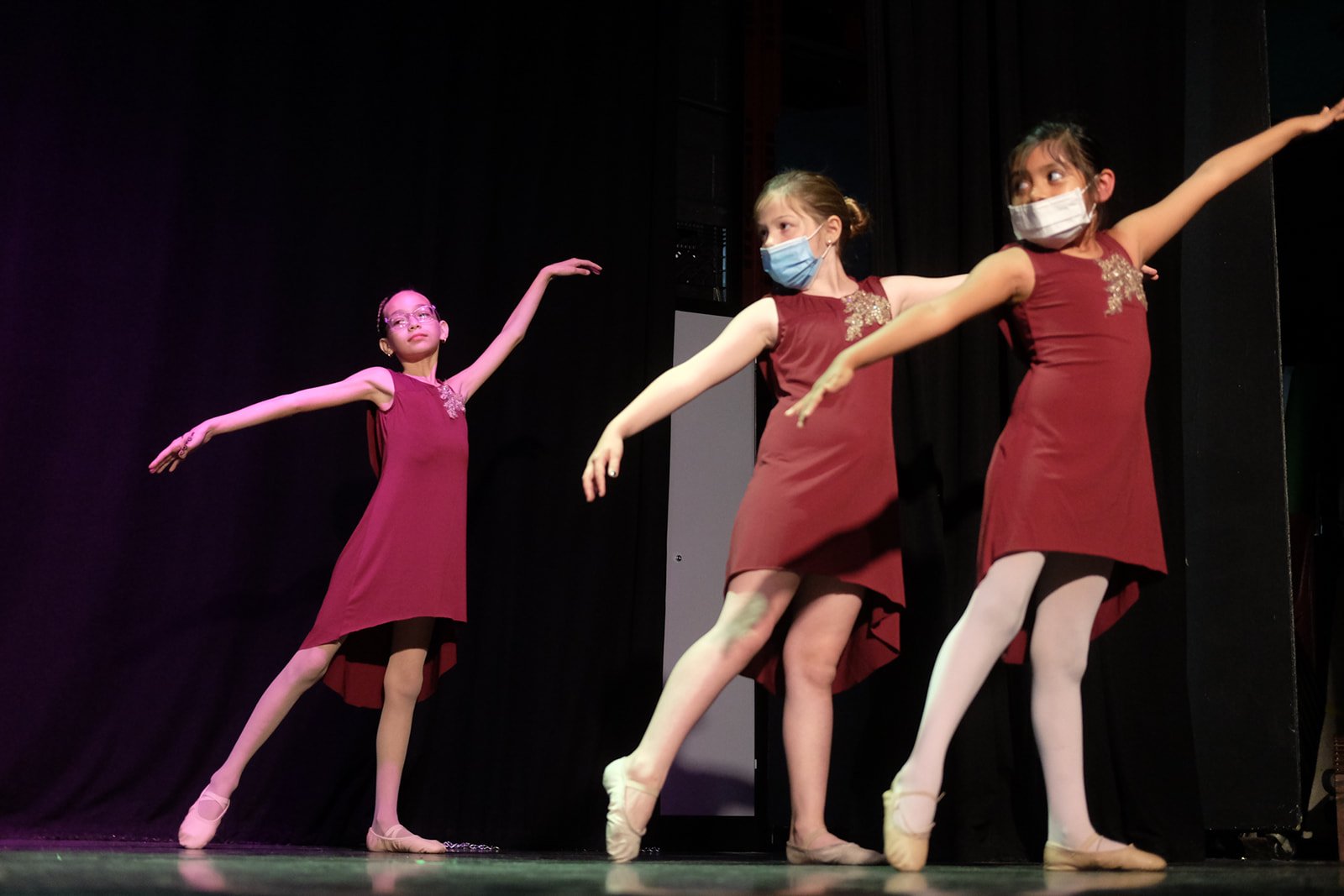How to Practice Dance Effectively at Home
Unlike practicing an instrument, practicing dance at home can seem less intuitive or more elusive. Unless you have an at home dance studio (which most of us don’t), you might find yourself limited by space, furniture, flooring, you name it! Here are some tips and best practices to have an effective and productive dance practice session at home!
Marking is your best friend
What is marking? Marking is going through your dance mostly for memory and eliminating movements that take up lots of space such as jumping and turning. Typically dancers will do their arm movements 75-100% full out and just walk through foot movements. Give it a try! Put on your class’s music and “mark” through your dance!
Sharpen your Arms
“Port de Bras” or movement of the arms is the gateway to a refined and crisp stage presence. Take some time at home and work solely on your upper body. Know where your arms are going and where your eyes are focusing through every movement. From here you can begin to layer on qualities such as epaulement (incorporating the neck and shoulders), and mood.
Clean up your Transitions
Besides port de bras, transitions from one movement to another can elevate the prestige of your performance. Think through every transition. How do I get from this step to the next? How do I move between shapes? Giving yourself time to think through these transitional moments will make your dancing clear and make those “big” moments (turns, jumps, high legs) pop out even more! Start by picking out two steps that you do in sequence. Start in one, and then think about how you are going to get to the next. Smoothen it out with repetition and then build the next movement in until you have worked through your entire dance.
Listen Along with Technical Reminders
Listen to your music and try to remember some of the things that your dance teacher tells you while you are running the dance. Better yet, write those things down during rehearsal and read through your notes while listening to your music. Many professional athletes and artists use visualization as a tool to improve their performance. Listening to your music and remembering the times where you need to point your toes and straighten your knees will help make these things second nature when you are dancing.
Now that you have all of the at home practice tips go ahead and try one or two and see how you like it. Tag us in your practice videos. What tip do you like the best for at home dance practice?



